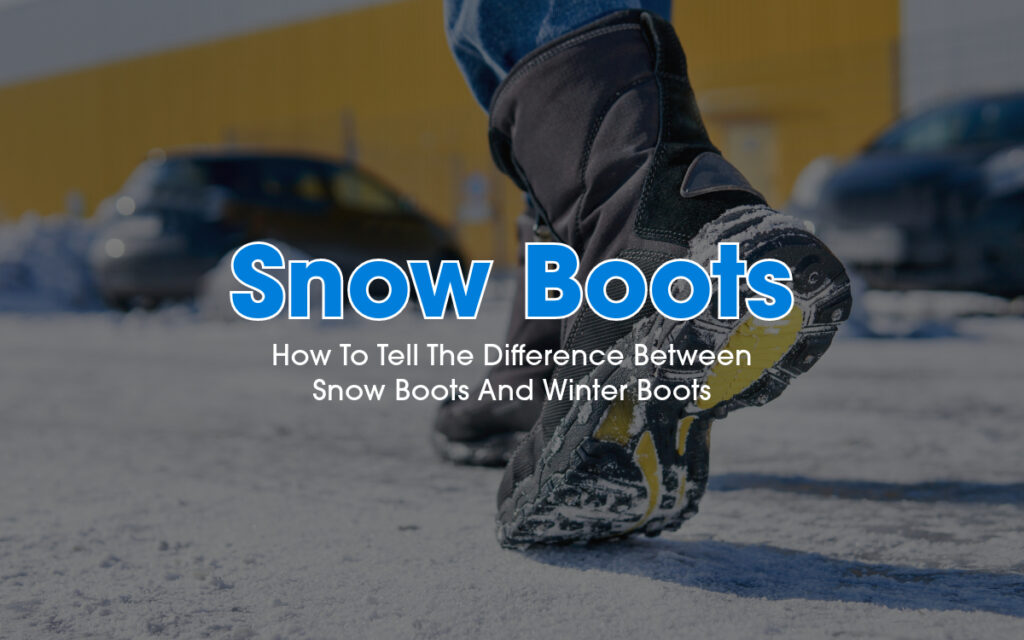How to choose the right snow boots

Have you ever pondered what to hang and where to place it when it comes to decorating your walls? Because I’ve had a handful of reader inquiries on wall decorating lately, I thought it would be a nice topic for a blog article.
How can you tell if they're snow boots?
To determine if a pair of boots are designed specifically for snow, you can look for several key features commonly found in snow boots:
- Insulation: Snow boots are typically insulated to provide warmth in cold temperatures. Look for boots lined with materials like Thinsulate, PrimaLoft, or fleece, which help retain heat and keep your feet warm.
- Waterproof or Water-Resistant Materials: Snow boots are often made with waterproof or water-resistant materials to keep your feet dry in snowy or wet conditions. Common waterproofing materials include Gore-Tex, treated leather, or synthetic materials with waterproof coatings.
- Traction Outsoles: Snow boots have outsoles with deep treads or lugs that provide excellent grip on snow and ice. Look for boots with a rugged, slip-resistant outsole design to ensure stability and prevent slipping on slippery surfaces.
- Higher Shaft Height: Snow boots typically have a higher shaft height compared to regular boots. The higher shaft helps keep snow out and provides extra protection for your ankles and lower legs when walking in deep snow.
- Insulated Footbeds and Linings: Many snow boots have insulated footbeds and linings to provide additional warmth and comfort for extended wear in cold conditions.
- Sealed Seams or Waterproof Construction: Snow boots may feature sealed seams or waterproof construction to prevent water from seeping into the boots through seams or stitching.
- Temperature Ratings: Some snow boots come with temperature ratings indicating the lowest temperatures they are suitable for. These ratings can give you an idea of how warm the boots will keep your feet in different weather conditions.
By checking for these features, you can determine if a pair of boots are specifically designed for snow and cold weather conditions. Additionally, many brands market their boots explicitly as “snow boots,” making them easier to identify.
Choosing the right snow boots
Choosing the right snow boots involves considering several factors to ensure they meet your needs for warmth, comfort, durability, and performance in snowy and icy conditions. Here are some tips on how to choose snow boots:
1. Insulation:
Look for snow boots with adequate insulation to keep your feet warm in cold temperatures. Common insulation materials include Thinsulate, PrimaLoft, or synthetic fleece. The level of insulation needed depends on the climate and how long you plan to be outdoors.
2. Waterproofing:
Select snow boots made from waterproof or water-resistant materials to keep your feet dry in snowy or wet conditions. Materials like Gore-Tex or treated leather are excellent choices for waterproofing.
3. Traction:
Ensure the snow boots have a sturdy outsole with deep treads or lugs to provide excellent traction on snow and ice. Vibram or similar high-quality rubber outsoles are known for their durability and grip.
4. Height:
Consider the height of the snow boots based on your needs and preferences. Higher shafts provide better protection against deep snow and help keep snow out of your boots, while lower-cut styles may offer more flexibility and mobility.
5. Fit and Comfort:
Ensure the snow boots fit comfortably with enough room for thick socks while providing adequate support and stability. Consider trying them on with the socks you intend to wear in cold weather conditions.
6. Weight:
While warmth and insulation are essential, try to balance it with the weight of the boots. Lightweight snow boots can be more comfortable for extended wear, while heavier boots may offer more insulation but could feel bulky.
7. Durability:
Look for snow boots made from high-quality materials with reinforced stitching and durable construction to withstand the rigors of winter conditions and regular use.
8. Style:
Choose a style of snow boots that suits your preferences and intended use. Whether you prefer a sporty, technical look for outdoor activities or a more casual style for everyday wear, there are various options available.
9. Budget:
Set a budget for your snow boots purchase and look for options that offer the features you need within your price range. Remember that investing in quality snow boots can provide long-term comfort and protection in harsh winter conditions.
By considering these factors and trying on different styles and brands, you can find the perfect pair of snow boots to keep your feet warm, dry, and stable during winter adventures.













